SUSTENABLED
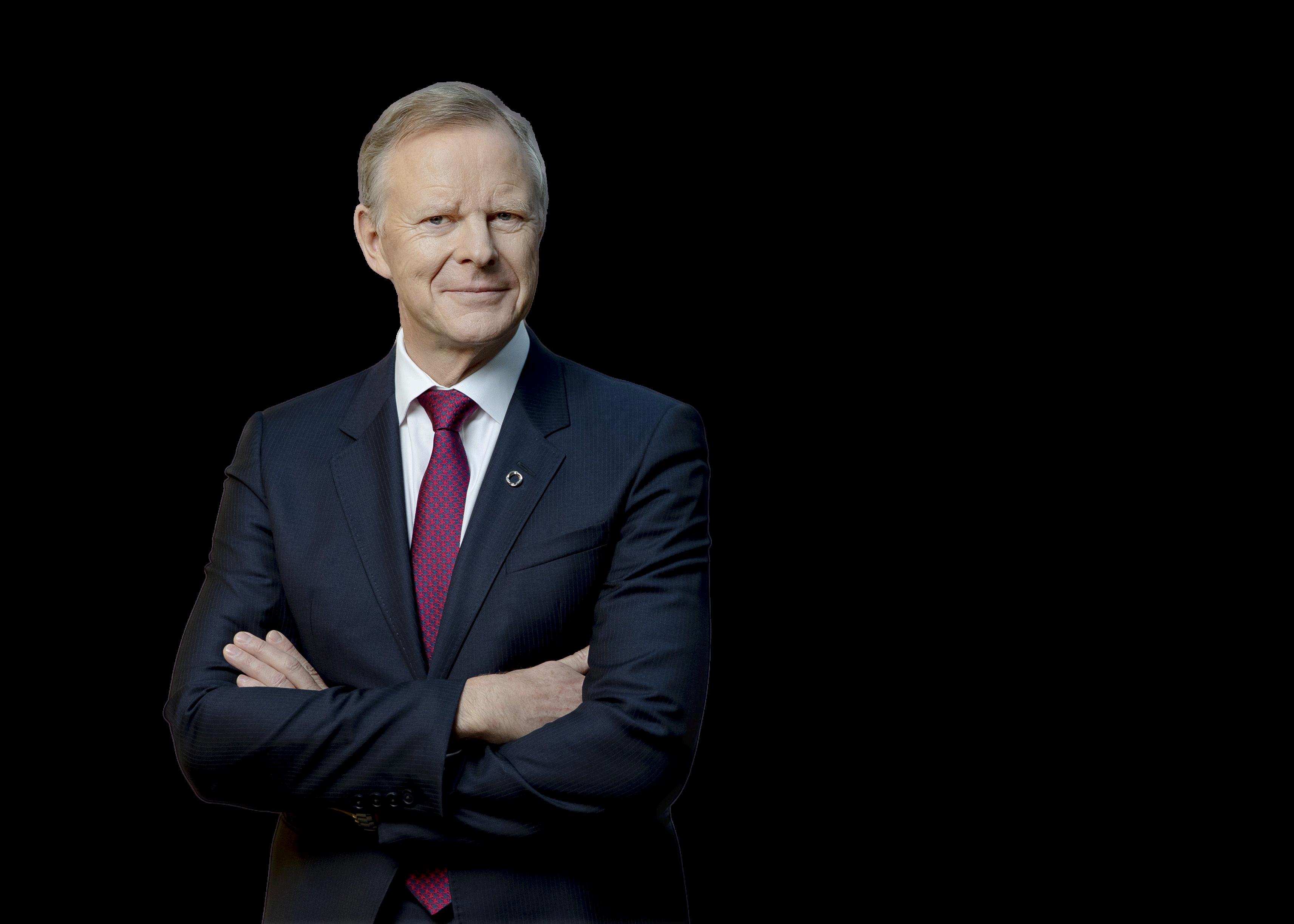




Welcome to this special edition of SustEnabled, a magazine dedicated to exploring the forefront of sustainability in industries worldwide. As we navigate an era where the future of our planet is at the heart of every conversation, it’s clear that true progress comes from visionary leadership, innovation, and collective responsibility.
I am proud to present Roeland Baan, the newly appointed CEO of Haldor Topsoe A/S, on our cover. Roeland’s dynamic leadership and commitment to revolutionizing the energy sector through sustainable technologies exemplify the type of change we need to see at the highest levels of industry. His passion for decarbonizing hard-to-abate sectors is an inspiration for businesses looking to transition to cleaner, more sustainable practices.
In this issue, we not only highlight Roeland’s work but also dive deep into the innovations driving sustainability across industries, the shift towards a circular economy, and the power of sustainable leadership We explore cutting-edge breakthroughs in clean energy, such as green hydrogen and carbon capture, and provide insights on ecofriendly practices that can be embraced by both businesses and individuals to make a lasting impact
Sustainability is not just about policy or compliance it’s about reimagining how we live, work, and grow At SustEnabled, we are committed to showcasing the changemakers and solutions that will lead us into a brighter, greener future.
Thank you for being a part of this journey with us. Together, we can create a world where sustainability is not just an option, but the standard.
Vivek Malik
FOUNDER & CEO

Sustainability is no lo responsibility that we industry, from busine impact of environmen shaping the future It leaders and innovato creating solutions tha planet As we move f continue to prioritize trend, but as a funda strategy for lasting ch
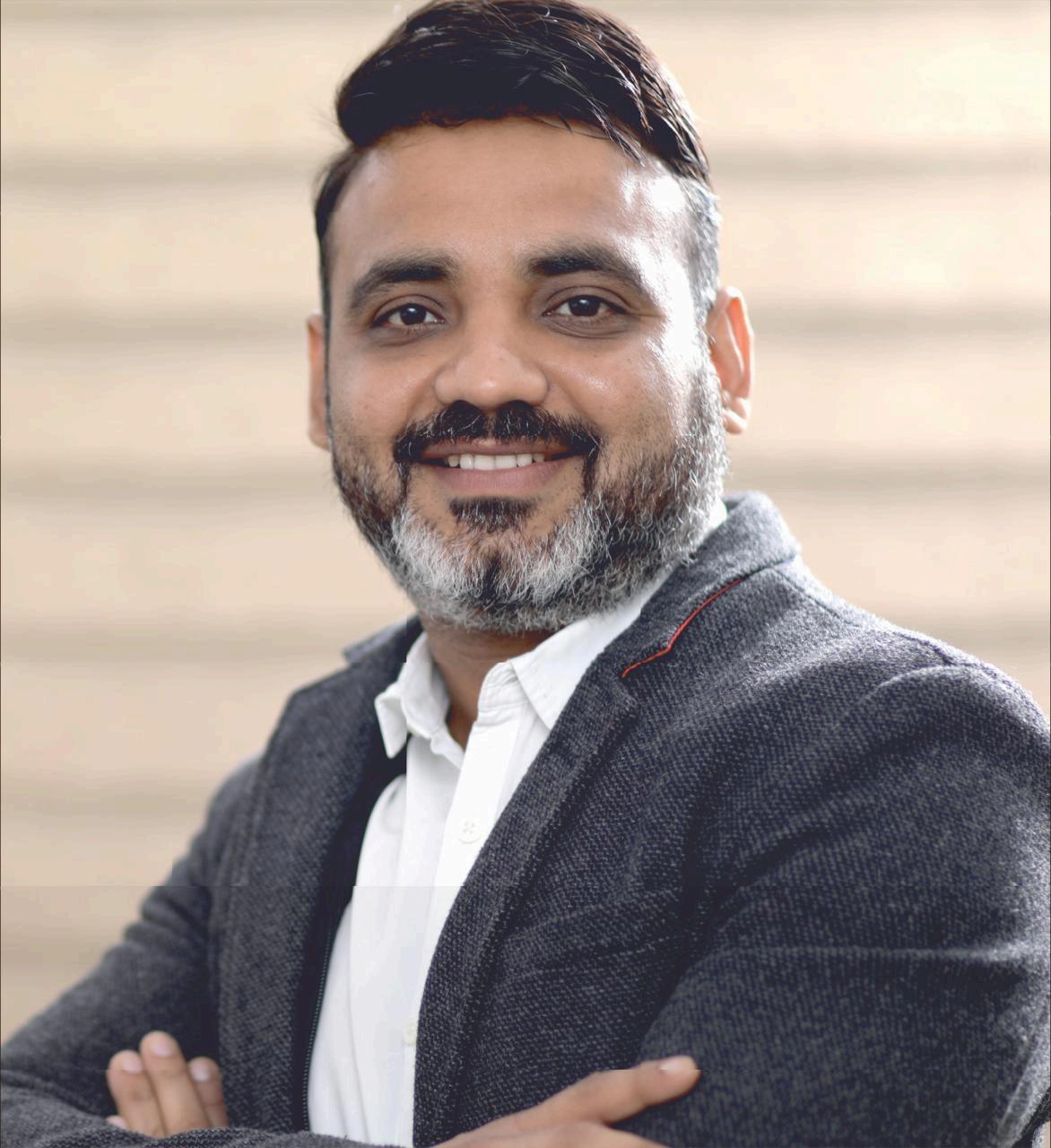


Roeland Baan’s Vision for a Sustainable Future; An exclusive interview with Roeland Baan, discussing his leadership at Haldor Topsoe and his sustainable strategies for transforming the energy industry. A deep dive into cutting-edge sustainable innovations reshaping sectors like energy, manufacturing, technology, and transportation.

WWW SUSTENABLED COM
MEDIA DIRECTOR
AFREEN SHEIKH
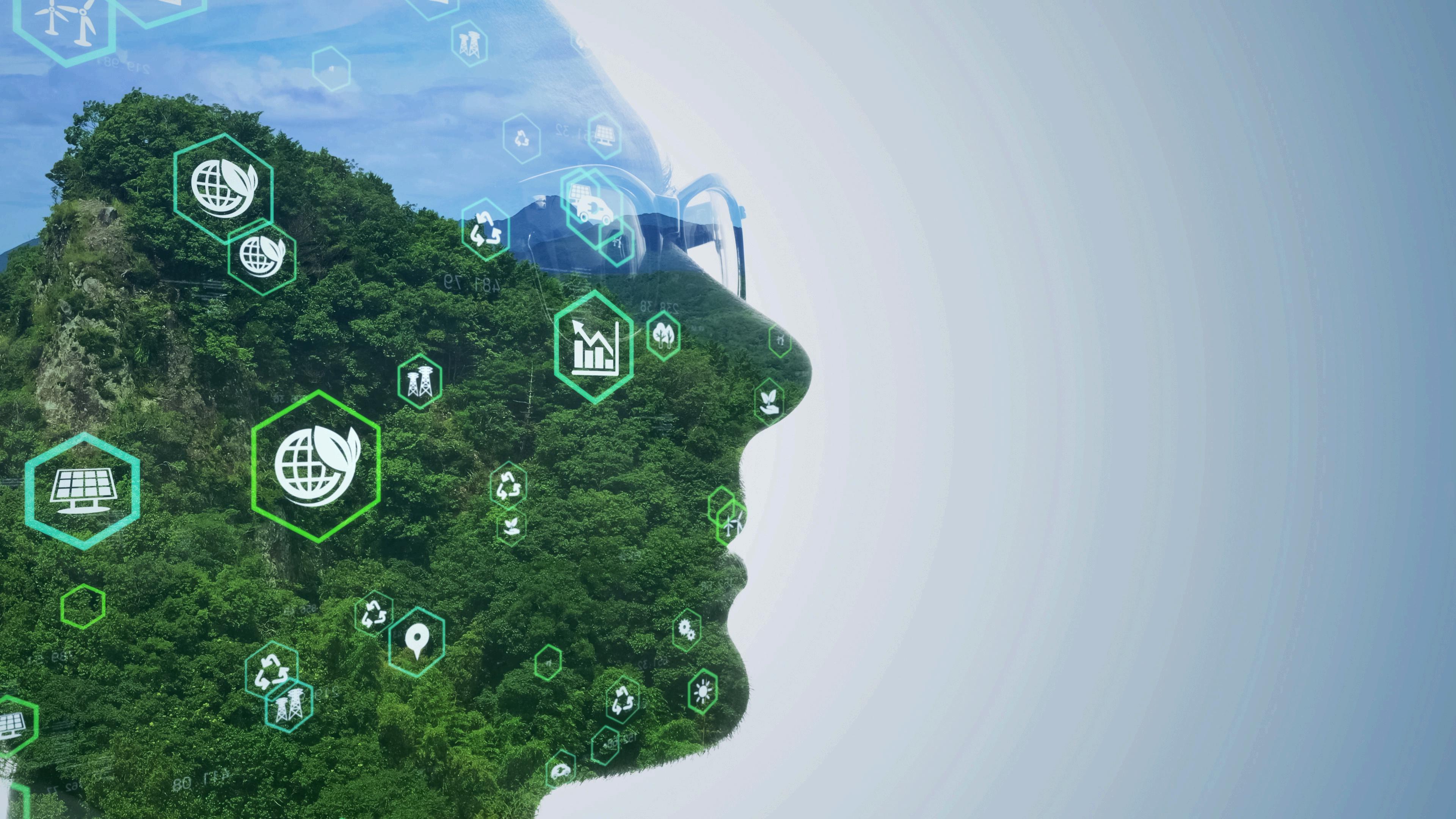
CHIEF OPERATIONS
DIVESH SINGH
MANAGING EDITOR
AFSHAN, BHAVNA
CREATIVE DESIGNER
ANSHUMAN DUBEY
CREATIVE DIRECTOR
SUMAYRA FAROOKI
DEVELOPMENT COACH
AYESHA SEEDAT
MAGAZINE DESIGNER
NITIJ GUPTA
MEDIA ASSISTANT
NEHA KUNDU
POWERED BY
OM VILAS, BANERAS
PUBLISHER
FIRSTREAD MEDIA
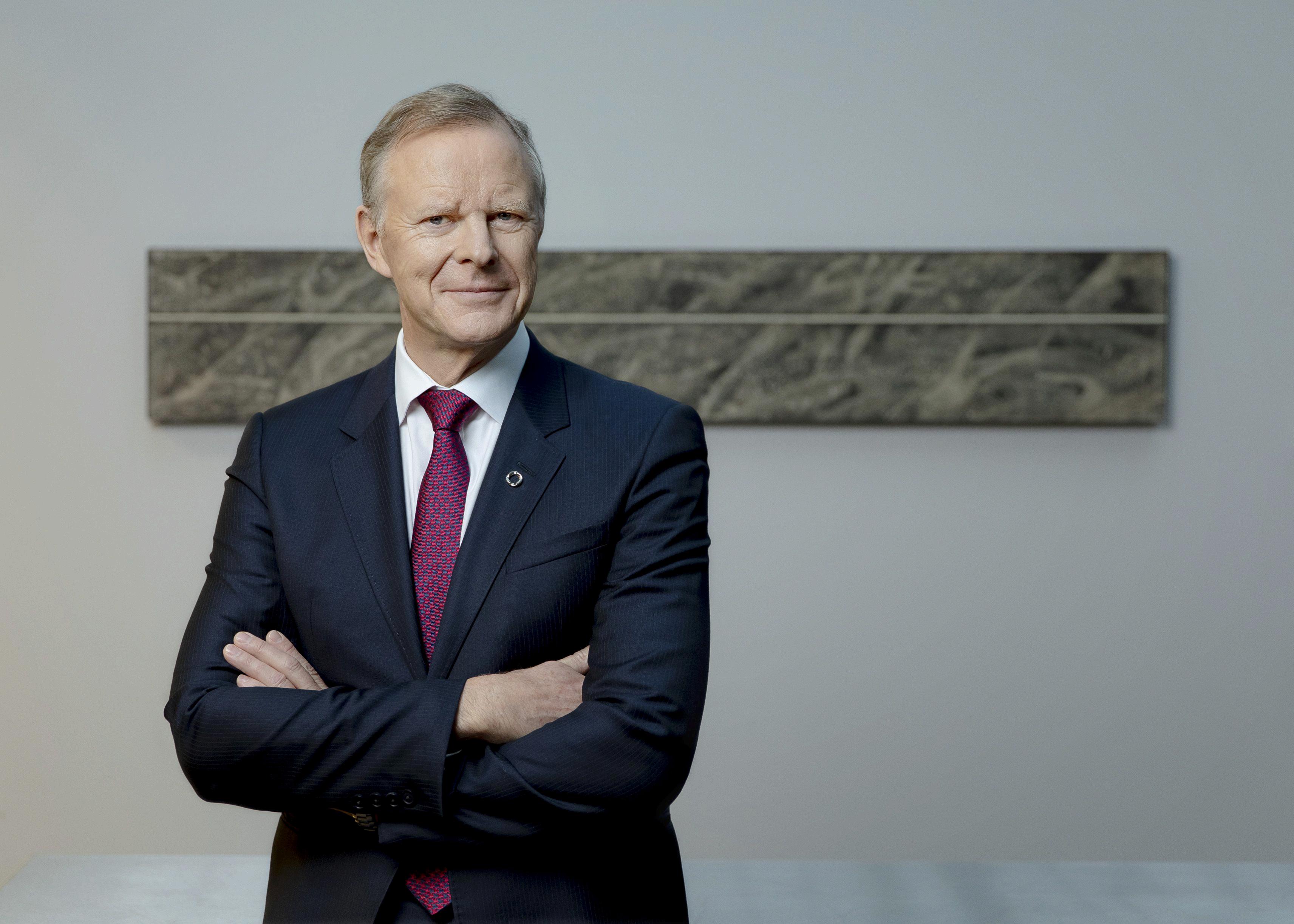
BY AFSHAN
As the newly appointed CEO of Haldor Topsoe A/S, Roeland Baan brings a wealth of experience and a bold vision to one of the most critical industries in the fight against climate change His leadership comes at a time when the global push for decarbonization is reaching a tipping point, and businesses in traditionally hard-to-abate sectors are being called upon to rethink their entire approach to sustainability Baan’s extensive background in managing large, complex organizations and his commitment to innovation position him as the ideal leader to guide Haldor Topsoe into this new era of clean energy.
In this exclusive interview, Baan discusses how he intends to leverage Haldor Topsoe’s cutting-edge technologies to help industries transition towards a greener future. Central to his strategy is the company’s focus on green hydrogenproduction and carbon capture technologies two key innovations that are poised to revolutionize industries such as steel, cement, and chemicals. “We are at a pivotal moment,” says Baan. “The choices we make now will determine whether we meet the ambitious climate targets set by governments around the world.”
Baan’s leadership style is defined by his belief in the power of collaboration and partnership. He emphasizes that no company, industry, or country can solve the climate crisis alone. Under his guidance, Haldor Topsoe is working closely with governments, other businesses, and research institutions to develop scalable solutions that can be deployed on a global scale. This collaborative approach is essential to driving the systemic change needed to decarbonize industries.
Haldor Topsoe’s green hydrogen technology, which enables the production of hydrogen without emitting CO2, is one of the most promising tools in Baan’s arsenal. With hydrogen set to play a central role in the future energy landscape, Baan is confident that the company will be at the forefront of this transformation. Additionally, the company’s expertise in carbon capture and storage (CCS) technologies offers another critical solution for reducing emissions from industries that are difficult to electrify.
Baan’s vision for the future is one where sustainability and profitability are not mutually exclusive, but rather, deeply intertwined By investing in innovative technologies and fostering a culture of environmental stewardship, he aims to position Haldor Topsoe as a leader in the global effort to combat climate change His dedication to sustainability is not just about meeting regulatory requirements it’s about creating long-term value for the company, its stakeholders, and the planet
Baan recognizes that the transition to a sustainable future requires not only technological advancements but also a fundamental shift in corporate mindset and consumer behavior. “We need to move from viewing sustainability as a compliance issue to seeing it as a core business opportunity,” he asserts. This perspective is crucial in a world where stakeholders investors, customers, and regulatory bodies are increasingly prioritizing environmental, social, and governance (ESG) criteria. Baan’s leadership at Haldor Topsoe reflects this shift, positioning the company as a proactive participant in the global effort to achieve net-zero emissions by 2050.
Moreover, Baan is committed to transparency and accountability in Haldor Topsoe’s sustainability initiatives. He believes that setting clear, measurable targets is essential for tracking progress and maintaining stakeholder trust. Under his leadership, the company has begun publishing regular sustainability reports that detail its achievements, challenges, and future goals. This commitment to transparency not only enhances Haldor Topsoe’s reputation but also serves as a model for other companies looking to enhance their sustainability practices.
Baan’s strategic vision extends beyond immediate goals. He is also focused on fostering a culture of innovation within the company. By encouraging employees to think creatively and explore new ideas, he aims to cultivate an environment where sustainable innovations can thrive. “Innovation is the key to unlocking new solutions for our customers,” Baan explains. “We need to empower our teams to think outside the box and challenge the status quo.”

BY AFREEN SHEIKH
In today’s rapidly evolving global economy, sustainability is driving innovation across a wide range of industries. From manufacturing to technology, companies are embracing new approaches to reduce their environmental impact while maintaining competitiveness. This section highlights some of the most transformative innovations that are helping businesses reduce their carbon footprint and operate more efficiently.
One of the key sectors experiencing significant change is manufacturing. Historically, manufacturing has been one of the largest contributors to greenhouse gas emissions, but companies are now adopting energyefficient production processesthat minimize waste and reduce energy consumption. This includes the use of advanced technologies such as 3D printing, which reduces the need for raw materials and allows for more precise manufacturing with less waste Additionally, the rise of smart factories facilities that leverage the power of automation and data analytics is helping manufacturers optimize their operations and significantly reduce their environmental impact
The fashion industry is another sector undergoing a green revolution With the growing awareness of the environmental damage caused by fast fashion, many brands are turning to recycled textiles and sustainable production methods to minimize their ecological footprint Innovations like waterless dyeing and the use of biodegradable materials are helping fashion companies reduce water usage and waste, making sustainable fashion more accessible to consumers around the world

In the technology sector, companies are focusing on developing energy-efficient data centers that use less power to store and process information With the explosion of digital data, these centers have become a significant source of energy consumption, but innovations in cooling systems and energy management are helping to reduce their carbon footprint Additionally, the rise of cloud computing is enabling businesses to optimize their IT infrastructure, further reducing energy consumption and costs
One of the most exciting developments in the realm of sustainability is the increasing adoption of biodegradable packaging As single-use plastics continue to be a major environmental concern, companies are turning to alternatives made from plant-based materials that break down naturally, reducing the burden on landfills and oceans This innovation is not only helping companies meet consumer demand for eco-friendly products, but it is also reshaping the way businesses approach packaging design and supply chain management
The role of artificial intelligence (AI) and machine learning in sustainability cannot be overstated These technologies are enabling businesses to optimize resource use, improve energy efficiency, and reduce waste in ways that were previously unimaginable From smart grids that balance energy supply and demand to predictive analytics that help companies anticipate and mitigate environmental risks, AI is playing a crucial role in driving green innovation across industries



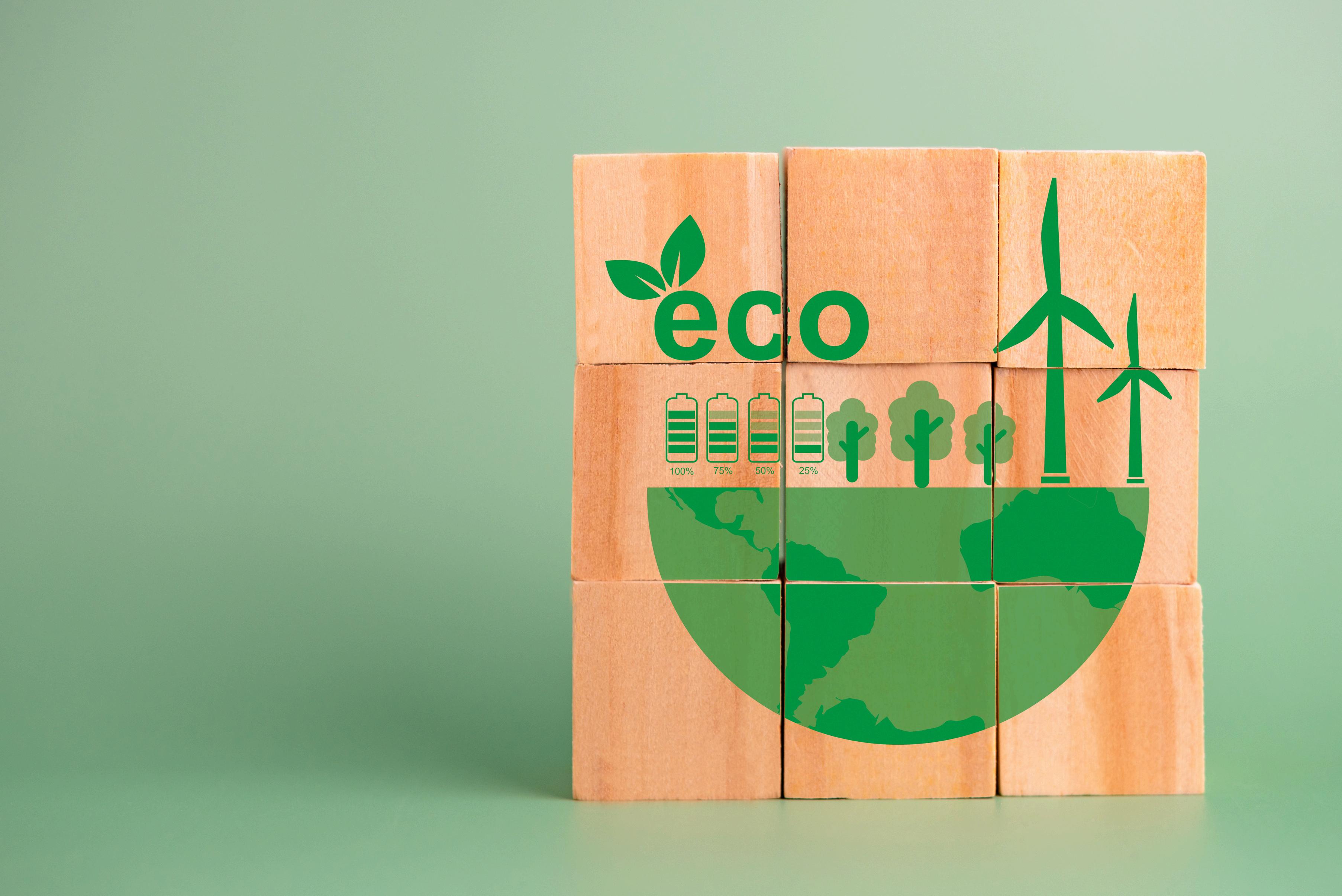
BY DIVESH SINGH
The transition from a linear economy to a circular economy is one of the most important shifts happening in the global business landscape today. The traditional “take, make, dispose” model, which has dominated for decades, is being replaced by a more sustainable approach that focuses on recycling, reusing, and reducing waste. In this section, we explore how companies are embracing the circular economy to reduce their environmental impact while creating new business opportunities.
One of the core principles of the circular economy is the idea of designing products for longevity and repairability, rather than obsolescence. In the consumer electronics industry, for example, companies are developing products that are easier to repair and upgrade, reducing the need for consumers to buy new devices every few years. This not only reduces electronic waste but also creates new business models based on product leasing and refurbishment.


industry is also making strides towards circularity by g recycled materials into their designs and promoting ale and rental platforms. Brands are increasingly focusing closed-loop systems, where garments are designed to be he end of their life cycle, minimizing waste and reducing for virgin materials
ruction sector, companies are rethinking how they design ructures to maximize the reuse of materials By using nstruction techniques, buildings can be easily ed and the materials repurposed for other projects, e amount of waste sent to landfills Additionally, the use of lding materials, such as eco-friendly bricks, is becoming on, helping to reduce the environmental impact of new n projects
d beverage industry is also adopting circular practices by od waste and finding ways to repurpose by-products anies are turning food waste into bioenergy or using it as feedstock for new products, creating a more sustainable n These efforts not only reduce waste but also help save money and create new revenue streams
economy is proving to be a win-win for businesses and ment By focusing on resource efficiency, waste reduction, se of materials, companies are not only reducing their tal impact but also creating new business models that are nt and sustainable in the long term

True sustainability starts with leadership, and in this section, we showcase the visionaries who are driving change at the highest levels of business and government These leaders are not just talking about sustainability they are embedding it into their corporate cultures and long-term strategies
We highlight CEOs, founders, and policymakers who are setting ambitious targets for carbon neutrality, implementing innovative sustainability initiatives, and transforming their industries from within From renewable energy companiesto tech giants, these leaders are using their platforms to make a significant impact on the environment
The key themes that emerges from these conversations is the importance of collaboration. No single organization can solve the climate crisis alone, and many of the leaders we spoke with emphasize the need for partnerships between the public and private sectors, as well as between industries. Whether it’s working with governments to develop green energy policies or collaborating with suppliers to reduce emissions across the supply chain, these leaders understand that change needs collective action.
Another important theme is the role of innovation in driving sustainability. These leaders are investing in cutting-edge technologies, from electric vehicles to renewable energy, and using data to optimize their operations and reduce waste. By embracing new technologies and thinking creatively about how to solve environmental challenges, they are proving that sustainability and profitability can go hand in hand


Sustainability is not just an option; it's our responsibility. As leaders in our industries, we must prioritize eco-friendly practices that benefit both the planet and our businesses. By integrating sustainability into our core strategies, we can create lasting value for stakeholders while preserving resources for future generations. Together, we can drive innovation and inspire change, proving that profitability and environmental stewardship can go hand in hand.”
— Roeland Baan, CEO of Haldor Topsoe A/S


BY NEHA KUNDU
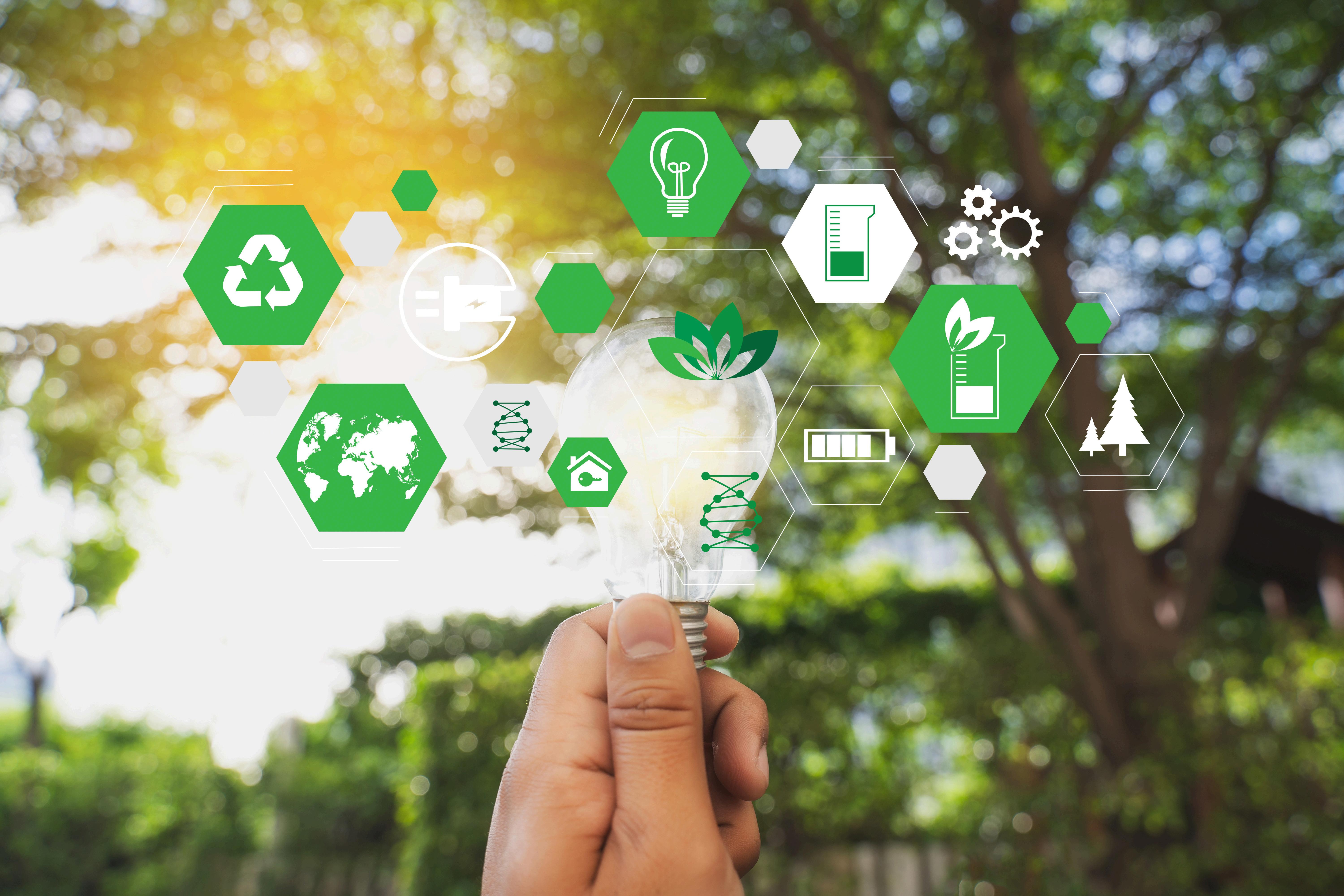
As the demand for cleaner, more efficient energy solutions grows, the energy sector is experiencing a surge in innovation This section takes a close look at the latest clean tech breakthroughs, including advancements in solar power, wind energy, green hydrogen, and carbon capture technologies
Solar energy continues to lead the charge in renewable resources Innovations such as solar panel recycling and bifacial panels are improving efficiency and sustainability Solar farms are also integrating battery storage solutions, allowing for energy to be stored and used when demand is high, thus stabilizing the grid
Wind energy is also evolving, with larger and more efficient turbines being deployed both onshore and offshore Companies are investing in floating wind farms, which allow for energy generation in deeper waters, expanding the potential for wind energy production
Green hydrogen, produced using renewable energy sources, is gaining traction as a game changer for decarbonizing sectors like heavy industry and transportation Companies are investing heavily in hydrogen infrastructure, recognizing its potential as a clean fuel alternative
Carbon capture technologies are making significant strides as well Innovations in direct air capture and carbon utilization are showing promise in mitigating greenhouse gas emissions Governments and businesses are investing in research to enhance the efficiency and scalability of these technologies, recognizing their potential to play a crucial role in achieving net-zero targets
As clean tech continues to advance, the future of sustainable energy looks promising With ongoing investments and innovations, the energy landscape is poised for a transformation that prioritizes environmental sustainability and economic viability
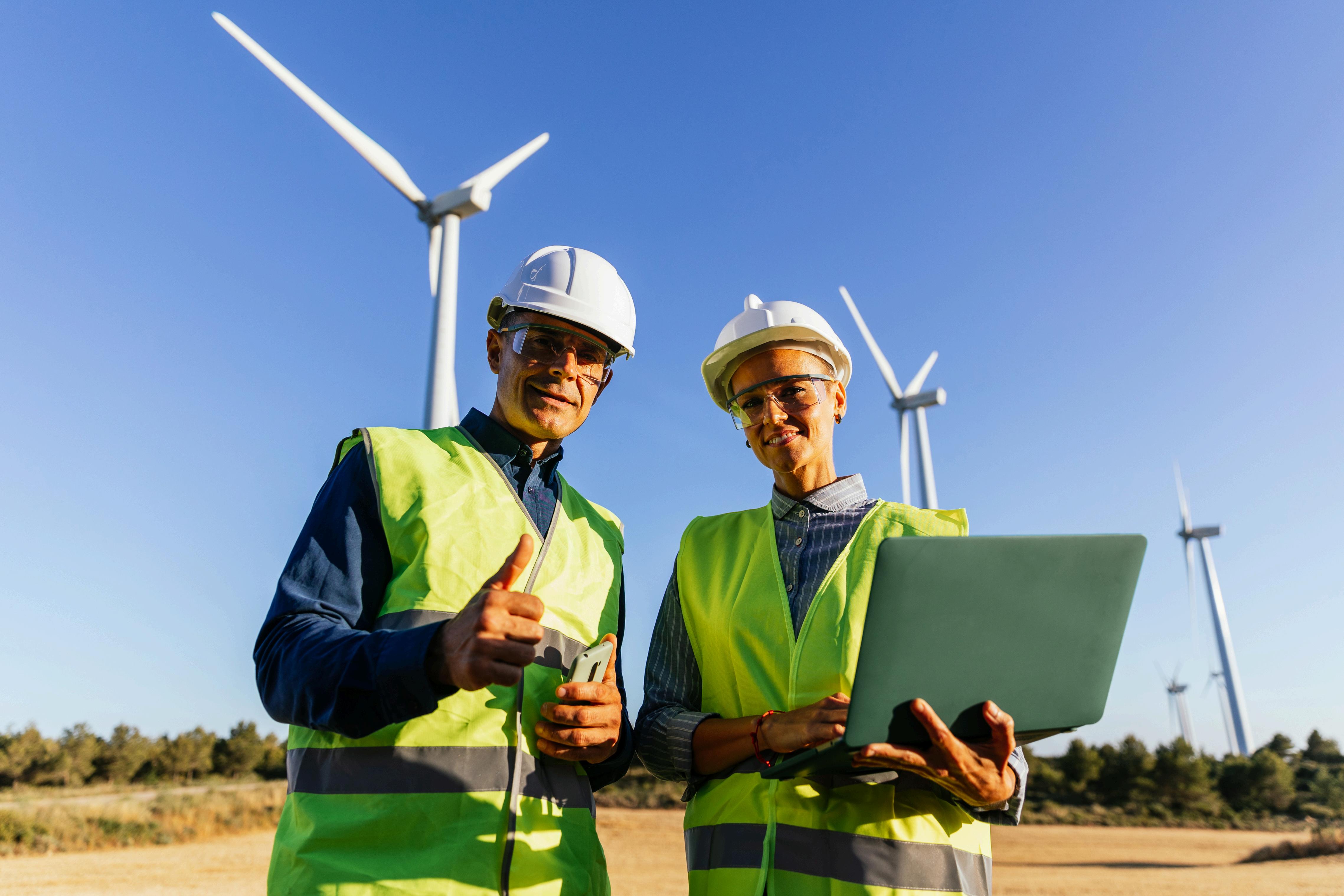

BY DIVESH SINGH
Sustainability isn’t just for corpor everyone This section focuses o friendly practices that individuals implement to reduce their enviro
For consumers, making small ch significant impacts Using energ appliances, reducing water usag plant-based diet are just a few w contribute to sustainability Addi public transportation, carpooling carbon emissions and helps alle congestion
Businesses are also taking step sustainability Many are adopting practices, such as minimizing pa energy consumption, and implem programs Moreover, companies encouraging employees to adop practices both in and out of the w


One noteworthy trend is the rise of sustainable tourism, as seen in destinations like Om Vilas Here, eco-conscious travelers can enjoy luxurious accommodations while supporting local communities and conserving natural resources This model showcases that tourism and sustainability can coexist, offering experiences that benefit both travelers and the environment
Furthermore, businesses that offer products and services designed to minimize environmental harm are thriving From zero-waste stores to companies specializing in eco-friendly home goods, consumers are increasingly seeking out options that align with their values This shift presents an opportunity for businesses to innovate and cater to a growing market of eco-conscious consumers
In conclusion, sustainability is a collective effort that requires action at all levels By embracing ecofriendly practices, both individuals and businesses can contribute to a healthier planet and inspire others to do the same Together, we can build a future where sustainability is not just an aspiration but a reality


